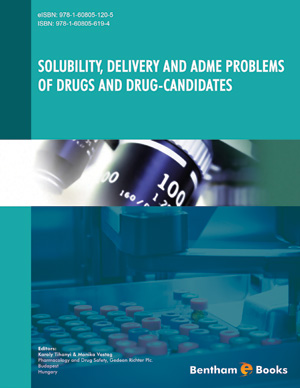Abstract
As the blood-brain barrier (BBB) prevents the majority of potential neurotherapeutics from reaching the central nervous system, early screening for BBB penetrability is very important in drug development. There are an abundance of available methods, from in silico screening through non-cell-based and cell-based in vitro methods to animal studies, with different predictive values, speed and throughput. Computational models and in vitro methods measuring physico-chemical properties, the octanol/water partition coefficient, and penetration through artificial membranes are accurate for predictions of passive permeability methods. Cell cultures including epithelial cell lines and their transporter transfected or drug-treated subclones and brain endothelial cell-based models in mono- and co-cultures with glial cells and/or pericytes are versatile tools for bi-directional active and passive transcellular transport. In vivo techniques to measure brain uptake, influx or efflux transport include brain perfusion, microdialysis, magnetic resonance imaging, positron emission tomography and, more recently, nearinfrared time-domain optical imaging. These research asnd screening tools for BBB permeability will be reviewed with a special emphasis on culture-based BBB models. While none of these methods can be used alone to generate a reliable prediction of drug transport through the BBB, a combination of different models can give a useful estimate of the brain penetrability of drug candidates in preclinical screening.






















